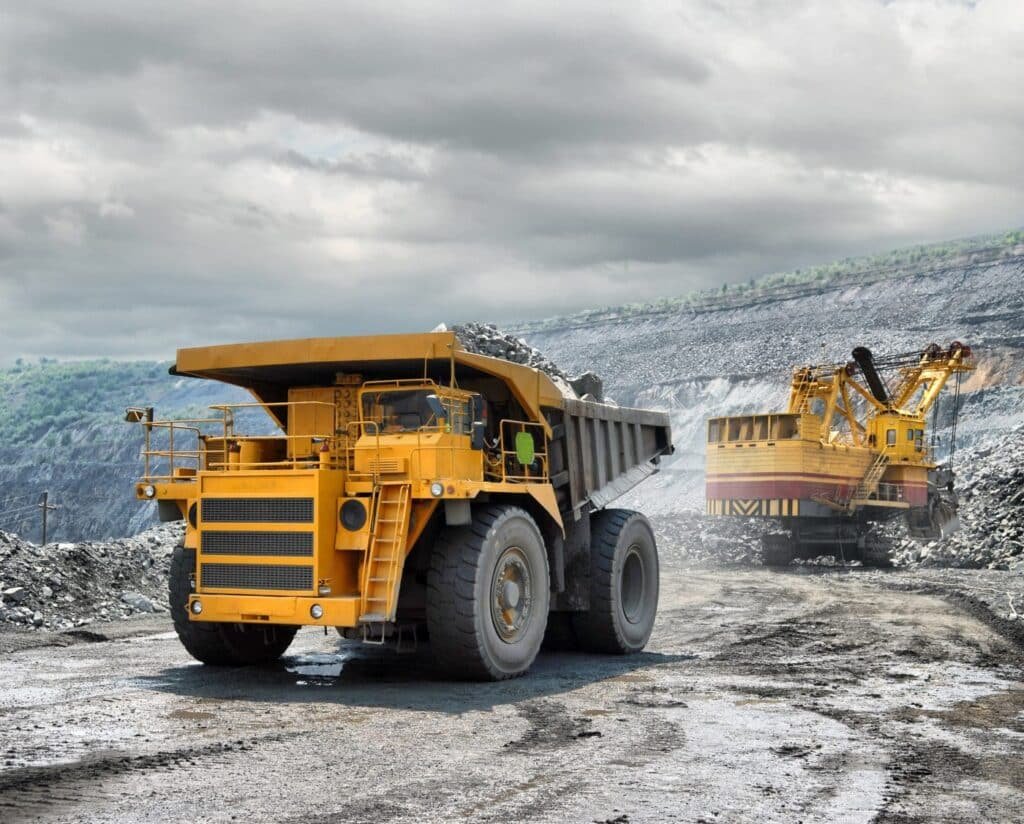| Dear Katusa Research Reader,
Buy low, sell high.
Buy when there is blood in the streets.
Be greedy when others are fearful.
If you study the careers of investment legends, you’ll hear this advice over and over. You’ll quickly learn that buying stocks, real estate, and natural resources during times of crisis, panic, and fear is how you make enormous returns.
“Buy when there is blood in the streets” has become a cliché because it works. (Read this essay for more.)
But how exactly can you pinpoint a natural resource sector in crisis? How can you tell when a market is offering you the opportunity to make 5 or 10 times your money?
After all, if you can buy an asset trading for 90% below its intrinsic value, it has to increase 10-fold in value to get back to normal. I know it sounds extreme, but it happens a lot in natural resources.
Spotting a real bottom in a natural resource market is as much an art as it is a science. This essay will show you the five most important “keys” to knowing when a resource market has the potential to generate enormous gains for you.
***KEY #1: The natural resource is trading for below the industry’s average production cost.
Production cost is how much it costs a company to produce a resource. Since deposits and companies vary widely, production costs vary as well.
But when a resource industry as a whole cannot sell its product for more than its average production cost, it has no choice but to curtail production. This will lead to supply constraints in the future…which will lead to higher prices.
During the 1990s, uranium was in a terrible bear market. It was reeling from nuclear power accidents at Chernobyl and Three Mile Island.
Near the end of that bear market, miners were producing uranium at a cost of $18 per pound and selling it for just $9 per pound. In response to those miserable conditions, the industry curtailed production…which sowed the seeds of a historic bull market. From 2002 to 2006, uranium prices climbed from $10 per pound to $130 per pound. Some uranium producers soared more than 5,000%.
***KEY #2: Prices are down 75%+ from their high.
There’s nothing magical about the “75%” figure.
We could say “down 70%” or “down 80%.”
The key is that you want a market that has plummeted from its highs. The highs could be from 20 years ago…or from seven years ago.
A market down massively from its highs is a market that has curtailed production. It is a market investors have abandoned. It has been through a lot of suffering. Assets are probably getting very cheap.
***KEY #3: Mentioning you’re thinking about buying the asset induces a “gag” reflex with mom and pop investors.
Mom and pop investors typically “chase performance.” They buy popular assets that have enjoyed large price increases. These assets are always the most expensive.
By the time amateur investors hear about a bull market, the big, easy money has been made. Remember these investors were heavily long tech stocks in 1999, just before the crash. They were heavily long real estate in 2006, just before the crash.
Now, consider what the average investor thought of gold in 2001. He wanted nothing do with it. Gold had been in a bear market for 20 years. The average investor still wanted to hear about tech stocks.
Meanwhile gold was set to enter a massive bull market that took it more than 500% higher and gold stocks more than 1,000% higher.
When amateur investors can’t stand the thought of buying an asset, that’s when you get ready to buy with both hands.
***KEY #4: High profile bankruptcies, investment fund closures, and suicides.
It’s unfortunate and morbid to talk about, but three things that often mark a bottom in a resource industry are high-profile corporate bankruptcies, investment fund closures, and executives taking their own lives.
When resource producers start declaring bankruptcy, it’s a sign production is being shut down. When resource investment funds close up, it’s a sign nobody can stand the thought of investing in the sector any more. When industry executives take their own lives as a result of these failures, it’s a sign sentiment has become terrible.
For better or worse, all that despair is an indicator the market has made its lows and is offering incredible bargains.
***KEY #5: Absolutely horrible news about the industry comes out, yet prices don’t fall…or even climb.
When absolutely horrible news comes out regarding an industry, yet prices hold like a rock–or even climb–it’s a positive sign. It’s a sign all the negative factors are “priced in” to the market. It’s a sign we’ve reached the point of maximum pessimism…and there is nobody left to sell.
For example, let’s say the oil market has crashed. Prices are down 40% in the span of a year.
If a story about surging global oil production were to hit the front pages, you’d expect people to react by selling oil and oil stocks. But if oil and oil stocks were to climb 4% after the story hits the front pages, it’s a sign the worst is over.
Summing up…
Investing in supercheap, beaten-up resource markets can make you giant capital gains. Remember, an asset trading 90% off its intrinsic value has to increase 10-fold in value to get back to normal.
By keeping these five keys in mind, you’ll know exactly how to spot these moneymaking situations.
Regards,
Marin Katusa
PS. These keys are important for investors to understand. But finding the right investment ideas to put them into action is even more crucial. To find out which gold stocks I believe are poised to make incredible profits in a skyrocketing market, you can find out where I’m investing my own money by clicking right here. |


